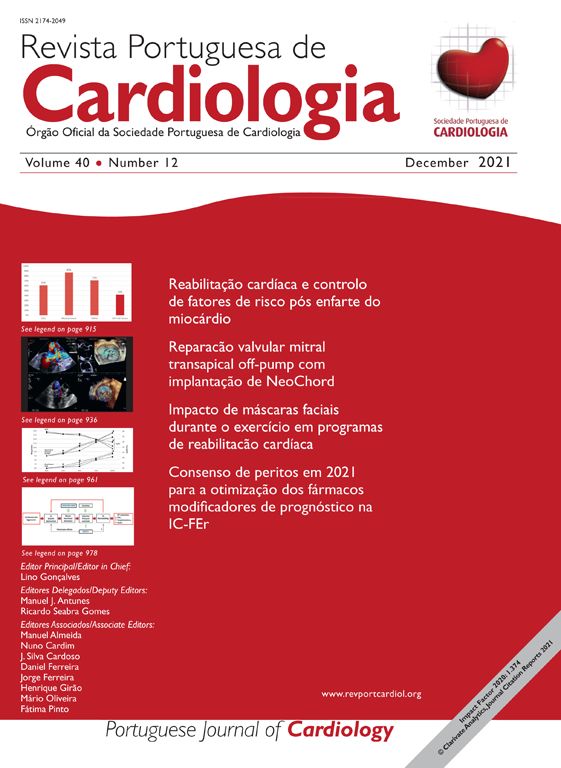The article by Toscano et al. published in this issue of the Journal1 is an interesting case report that combines a febrile picture with positive blood cultures suggesting endocarditis, with a mass on the mitral valve that, unexpectedly, turned out to be a rare tumor, a cardiac hemangioma. In the report, the authors considered two hypotheses, one of which was that of endocarditis in an abnormal and distorted valve due to the growth of a benign tumor. Although very rare, this was supported by a further episode of endocarditis eight months later. Against this is the fact that cultures of the valve were sterile. The second hypothesis is that the tumor itself caused the fever. Although this is also rare, there is a previously published case of a cardiac hemangioma with systemic symptoms of pyrexia of unknown origin and disseminated intravascular coagulation.2
Primary cardiac tumors are rare. The reported prevalence is between 0.0017% and 0.028%,2 and they account for 1 in every 500 cardiac surgical cases in large centers.3 About 90% of primary cardiac tumors are benign. The most frequent are myxomas4 and the second most common are fibroelastomas. All other tumors are extremely rare. The great majority are asymptomatic and are often an incidental finding on echocardiography or other chest imaging. Although cardiac hemangiomas are benign, they potentially present high clinical risk secondary to inflow/outflow tract obstruction, conduction system involvement and cerebral or peripheral embolism.5 Because of this, prompt assessment and definitive treatment are mandatory.
Cardiac hemangiomas are very rare vascular tumors; only about 200 cases have been described in the literature. They are due to a benign proliferation of endothelial cells and are of three types – capillary (smaller capillary-like vessels), cavernous (multiple, dilated, thin-walled vessels) and arteriovenous (dysplastic malformed arteries and veins). Cavernous hemangioma is the predominant subtype.2 It can occur in any heart chamber, and in all cardiac layers: pericardium, endocardium, or myocardium. Valvular involvement is rare and, due to the avascular anatomy of the heart valves, such tumors are located on the peripheral tissue near the valve ring, which is more vascularized. Their natural history is unpredictable and spontaneous shrinkage can take place.
Echocardiography is the main tool for screening and diagnosis of most cardiac masses. Hemangiomas appear as a homogeneous solid mass, without the usual location and mobility of myxomas and fibroelastomas. Cardiac computed tomography and magnetic resonance imaging (MRI) have recently been used in the assessment of intra- and extra-cardiac masses and further depict their relationship to other cardiac structures. MRI can improve the diagnosis of tumor type through its signal intensity characteristics.6
This is a very rare and interesting clinical case, which started as endocarditis with significant mitral valve destruction and ended as a benign mitral valve tumor with possible endocarditis.
Conflicts of interestThe author has no conflicts of interest to declare.





